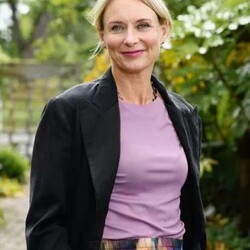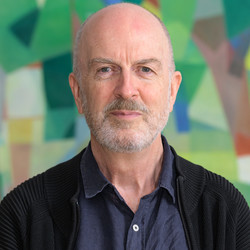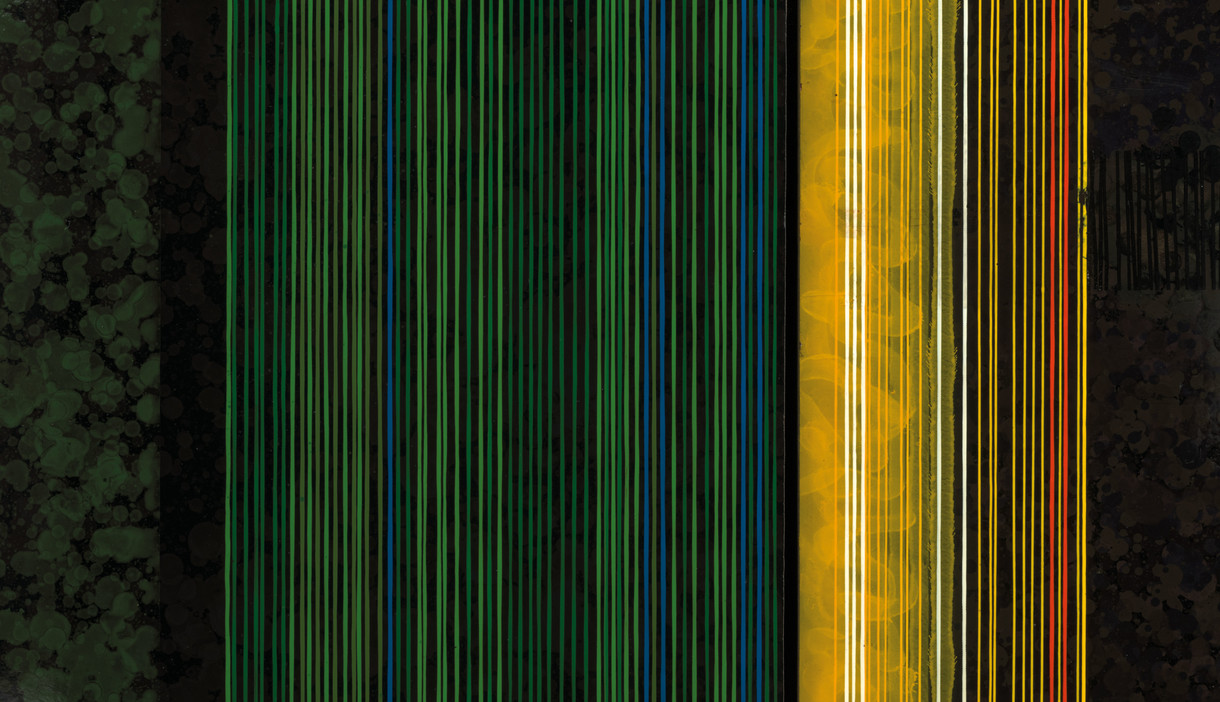Commentary
B.
Bulletin
New Zealand's leading
gallery magazine
Latest Issue
B.21701 Sep 2024
Contributors

Commentary
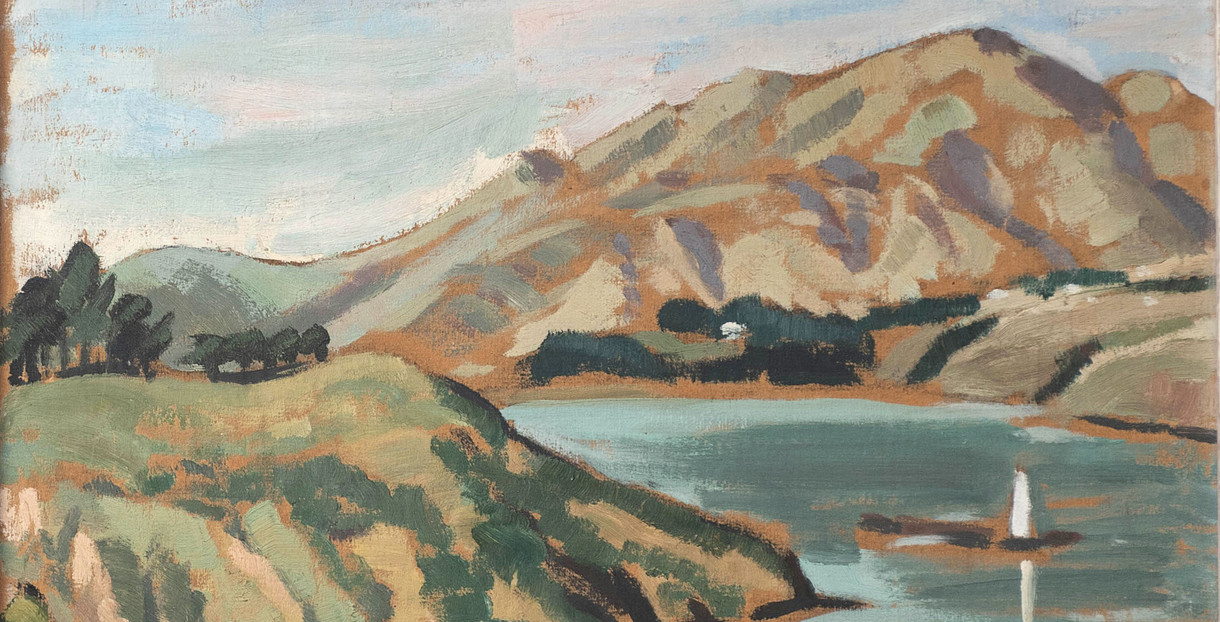
In Plain Sight
Margaret Lady Frankel (née Anderson) (1902–1997) is always listed as a founding member of the Christchurch artistic collective The Group, and is best remembered for her leading role in securing Frances Hodgkins’s Pleasure Garden painting for the Robert McDougall Art Gallery in 1951. However, despite exhibiting more than 100 works, including paintings, drawings, prints and pottery, in the city over a thirty-year period, her art is virtually unknown – hidden in private collections or perhaps lost – and consequently her wider contribution to The Group continues to be overlooked.
Commentary
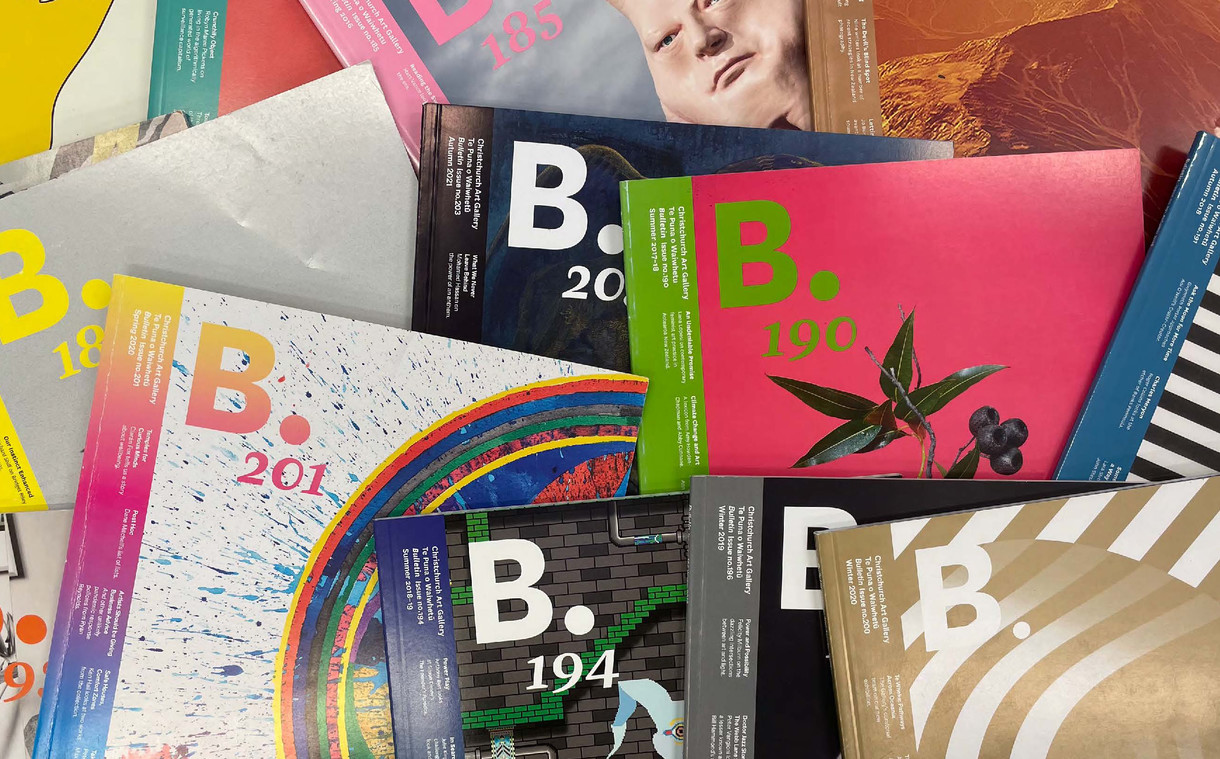
Ilam and Bulletin
This issue of the magazine is the final one to be designed by the students of the Ilam School of Fine Arts at the University of Canterbury. Bulletin’s relationship with Ilam began back in 2014, when senior lecturer in design Aaron Beehre proposed an internship programme that would allow his students to work on the magazine under his supervision. With Aaron as art director, the first issue of the magazine produced at Ilam was B.175, still in the large square format designed in 2008 by Strategy. With a few issues under their belt, Aaron and his students redesigned Bulletin into the current iteration of the magazine, which we launched in March 2016 shortly after our reopening post-quake. At the time, then director Jenny Harper hailed it in her foreword as the “first edition of Bulletin in a new world”, and most importantly with “more pages for art”.
Commentary
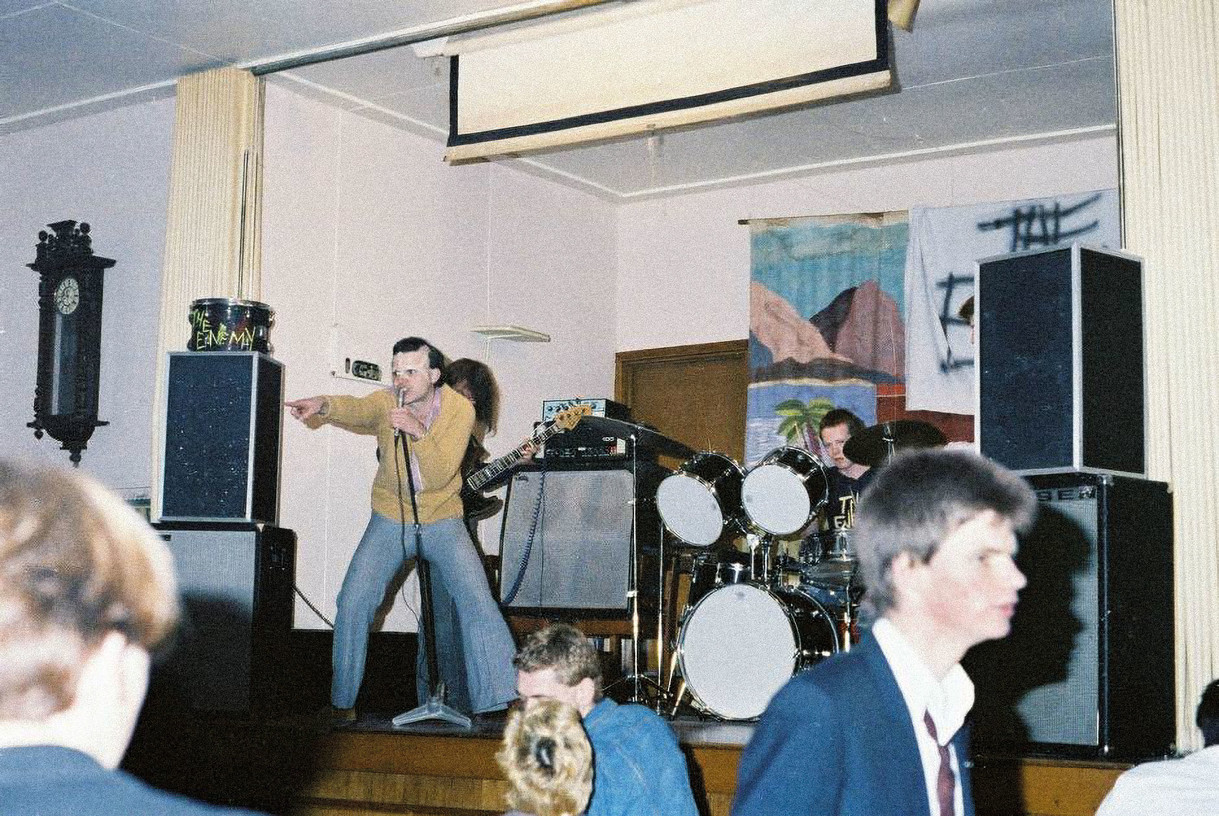
The Dunedin Christchurch Sound
A particularly romantic image attached to the record label Flying Nun shortly after its inception in 1981: journalists claimed it captured the purity of musicians playing without regard for fame or fortune. The label’s output became collectively known as the Dunedin Sound and formed the basis of a reputation that has shrouded Dunedin in classic rock mythology and mystery for the last forty years.
Commentary
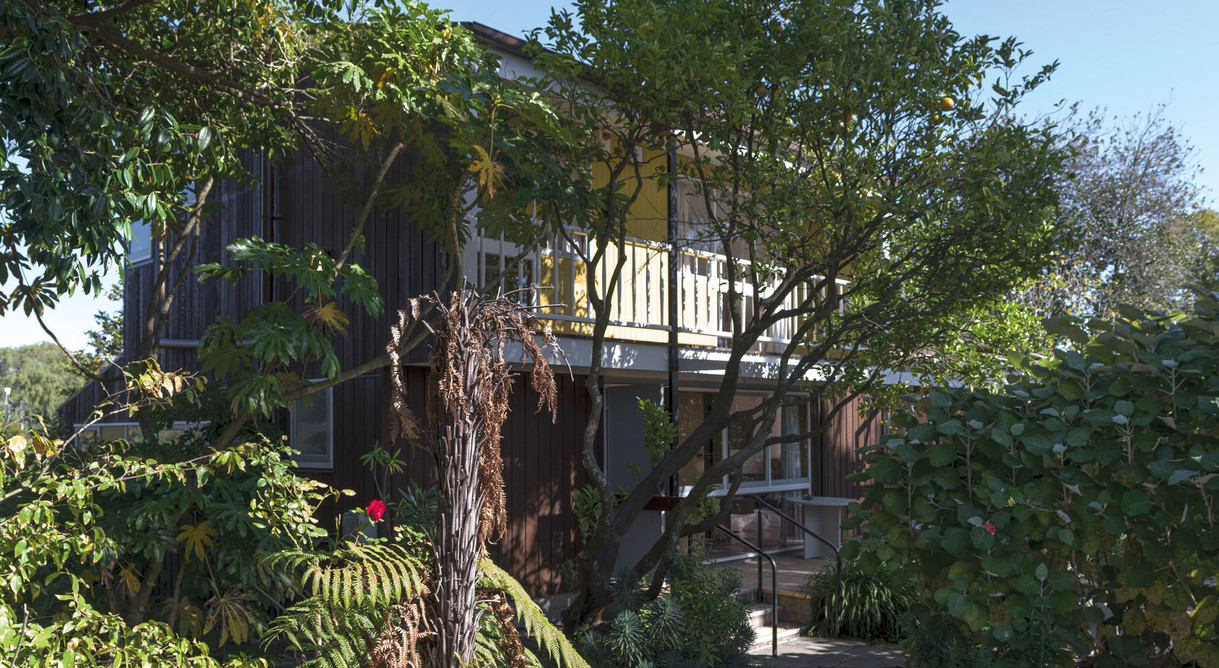
Last House Standing
Behind a high-walled garden on the city edge of the red zone, a crooked fig tree peers through the window into what was once the studio-living room of leading Canterbury School artist Bill Sutton.
Commentary
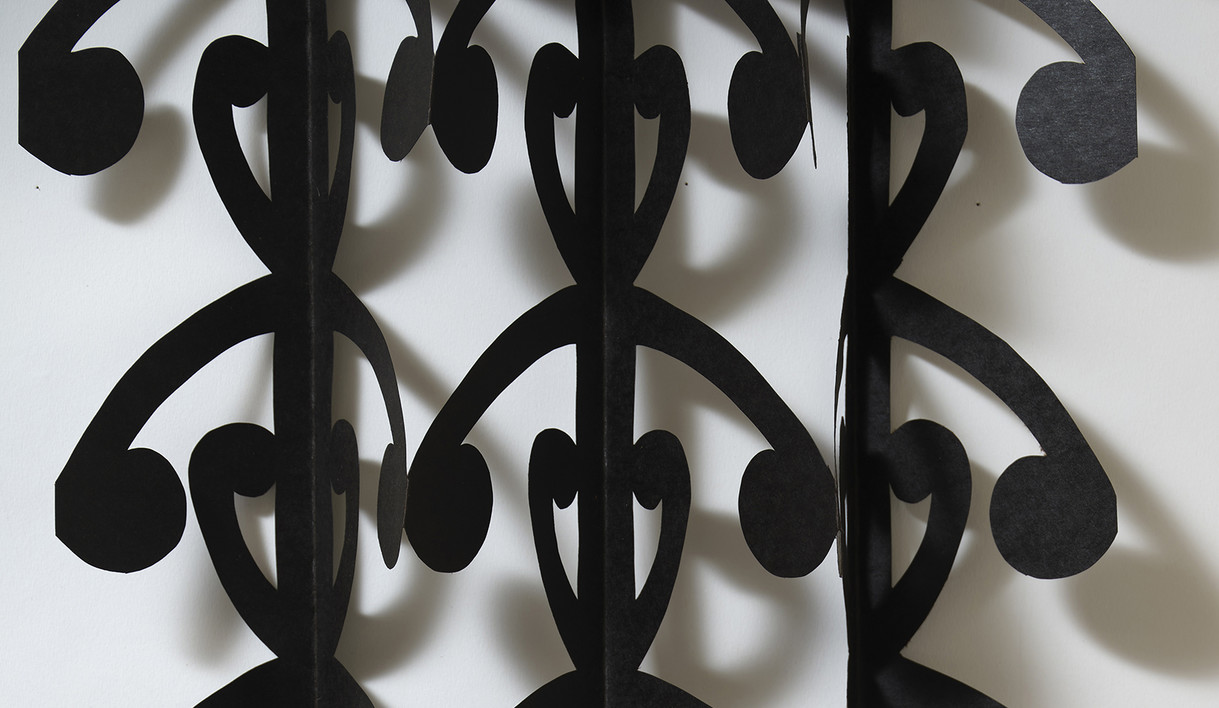
The Place Our Shadow is Cast
Lonnie Hutchinson’s new exhibition at Te Puna o Waiwhetū Christchurch Art Gallery is a calling—between living rākau rongoā planted on the forecourt of the Gallery and imprints of their leaves cut into wallpaper and metal inside. It questions our construction of spaces, the exterior versus the interior presentation of ourselves, inevitably exposing our own health and that of our taiao. Lonnie talks about rongoā, medicinal plant extracts, as being human-made, in as much as paper is human-made from plants, or aluminium cladding from bauxite in the earth. She carves the shapes of leaves into paper and aluminium and we are asked to step with her into te whare tapa wha—the house of healing. Sir Mason Durie designed this whare with a pillar for our tinana, our hinengaro, our wairua and our whānau and it is these things that I feel Hutchinson is asking us to notice in her deconstructed rongoā built of the elements, extracted from the earth, intrinsic to our whakapapa.
Commentary

Pauline Rhodes: Blue Mind
Painted blue and patterned with rust, the thin plywood panels and screens lean nonchalantly around the walls of the gallery and form a skyline of sorts. Across the floor sculptures intersect the space, with groupings of tall rods, waist-high enclosures, clusters of plywood shapes and a small kayak frame on salvaged seaweed and driftwood. Islands for the audience to navigate. The forms are roughly human in scale and relative to the body, generating an intensity and making this an immersive installation to wade through.
Commentary
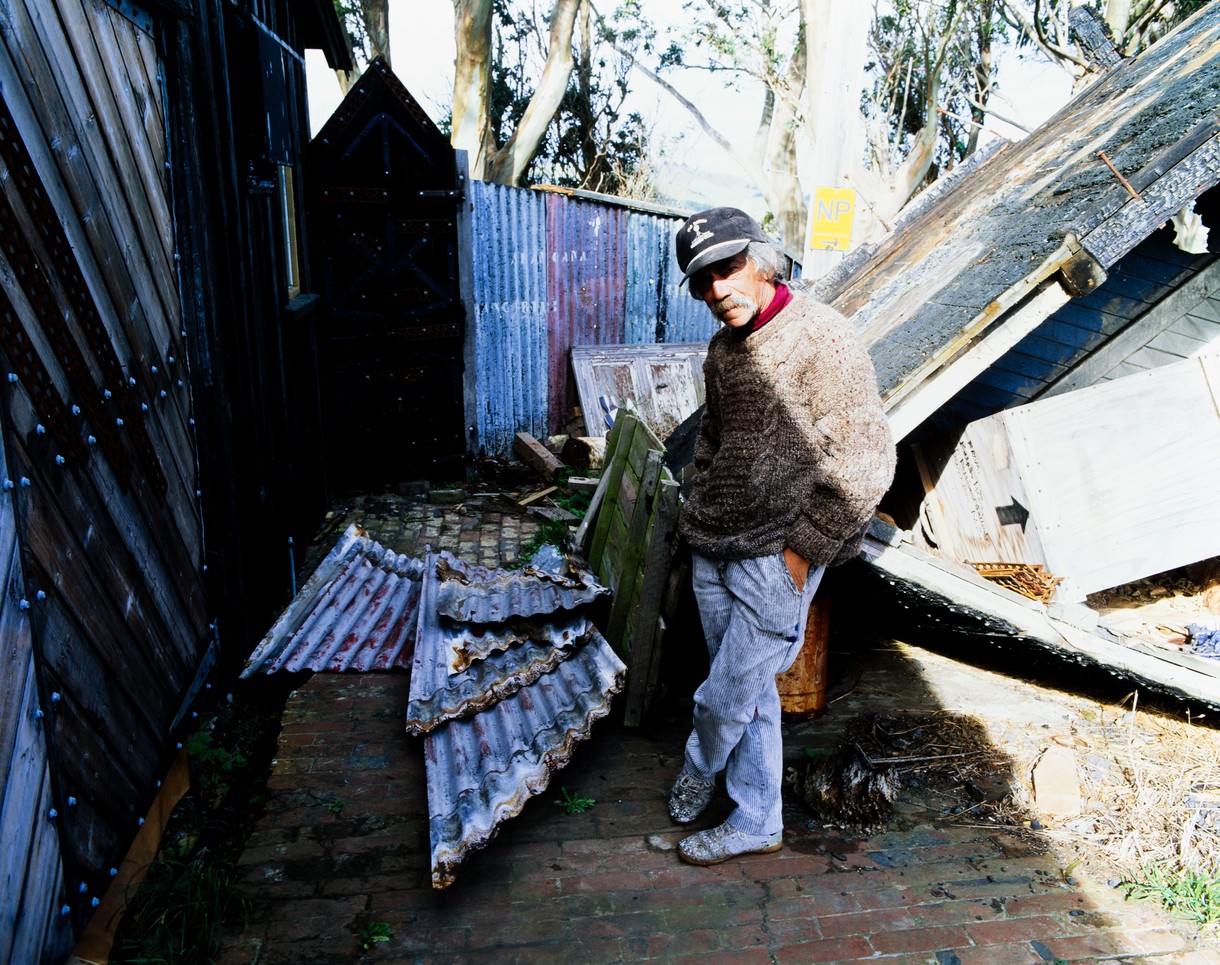
Ralph Hotere: Ātete (to resist)
Ralph Hotere’s art charted his journeys throughout Aotearoa and the world, reflecting on his experiences, identity and politics. As the first major survey exhibition of Hotere’s artistic career for over twenty years, Ātete celebrates his achievements and brings his vision to a new generation. It’s been a huge project to bring together so we thought it was timely to ask the four curators to tell us a little about their relationship with Hotere – how do they connect as individuals with the artist’s works, and the themes and the locations that they explore?
Commentary
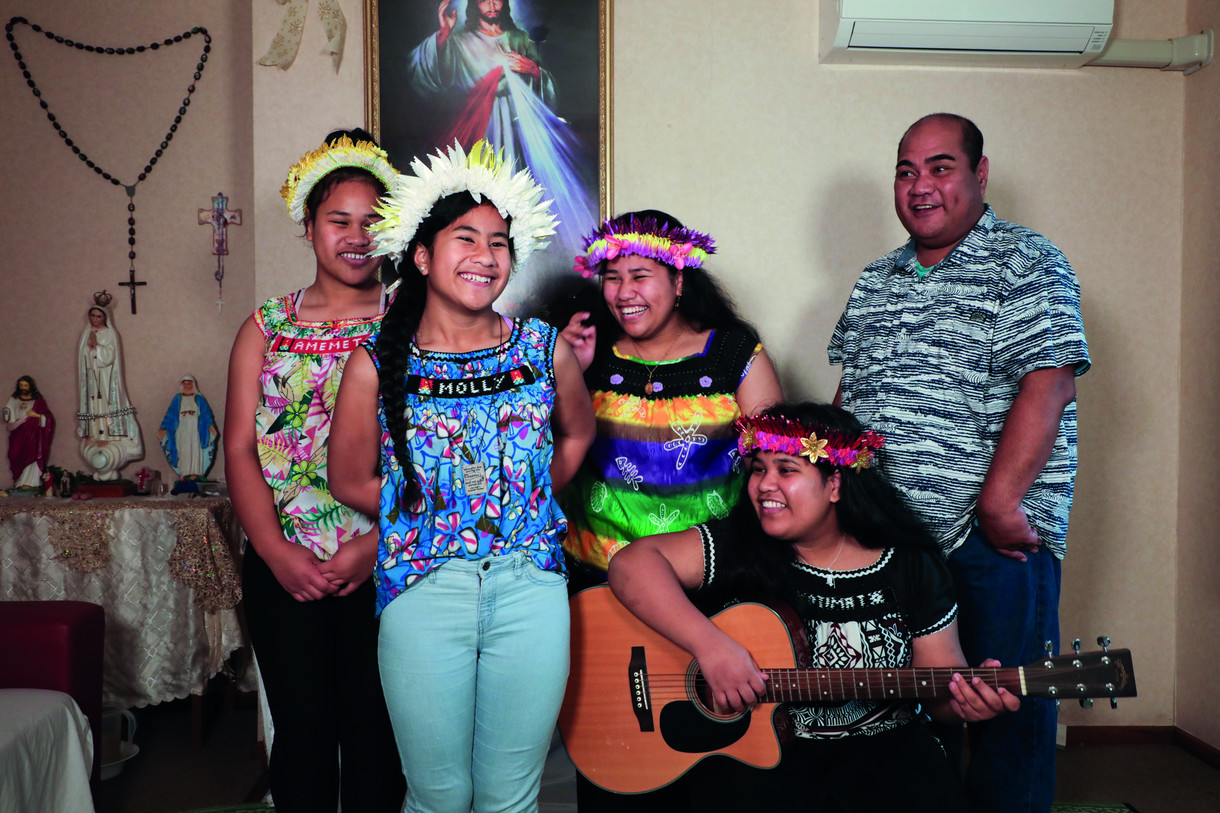
What We Never Leave Behind
We sang the national anthem every morning before school. Our tiny white business shirts ironed and tucked in by our mothers, our striped red and black ties straightened and pinned to our chests. Across the large concrete plane that constituted both playground and football field, we lined up in two large groups and stood next to our peers before a five-metre flagpole that bore the flag of our nation: the Arab Republic of Egypt.
Commentary

Crunchify Object
}
return a;
}
<crunchifyObject.
G[i,j]= network connectivity matrix.
Culled from the image search “algorithms”, it is unlikely that the unconnected fragments of code above could manifest an output, but I cannot be entirely sure.
